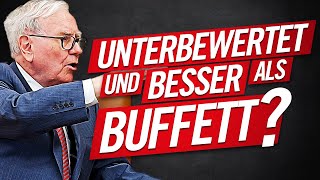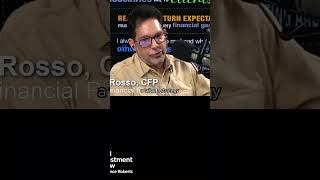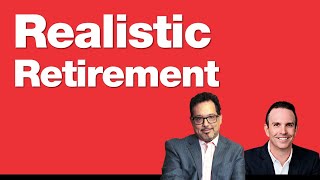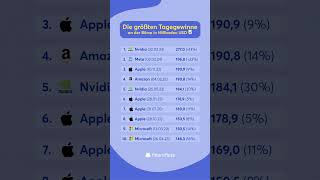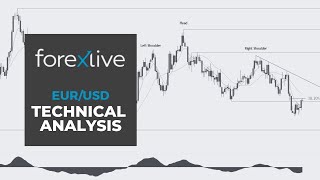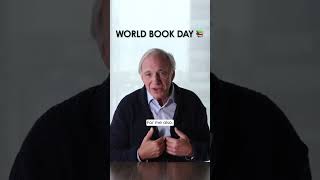| People eat 65 billion chickens every year. It is the fastest-growing meat product. Yet pound for pound the price of chicken has fallen sharply. How has this happened?
Read more about Chickenomics here: https://econ.st/2Wtp04o Chickens are the most populous bird on the planet. There are 23 billion of them at any given time – that’s ten times more than any other bird. It’s by far the fastest growing meat product but pound for pound the price of chicken has fallen sharply. How has this happened? This farm is at the forefront of a technology revolution that has drastically changed chicken farming. It’s run by David Speller who’s pioneered the use of CCTV and CO2 monitors in chicken sheds. Along with his own farm, he works as a consultant overseeing the raising of around 3 million chickens in the UK. Chickens were first domesticated over 8,000 years ago but it wasn’t until the 1940s that major efforts were made to create a super breed. The chicken of tomorrow competition in America would change chickens forever. Today the lifecycle of broilers, chickens that are bred purely for their meat, is entirely preordained. They grow faster and bigger than ever before and they can only live supported by human technology. Chickens have changed so quickly they are now four times the size they were in the 1950s. A barnyard chicken can live up to 10 years showing the huge evolutionary change the broilers have undergone. But selective breeding on a global scale comes at a cost. If the chickens live beyond their planned life they develop huge medical problems. And there are concerns the chicken industry is relying on an increasingly small gene pool. Keeping chickens in battery cages was banned in the EU in 2012 but some people want to create better lives for broiler chickens. Free-range birds have more access to open air runs, while organic chickens are typically free from antibiotics, hormones and other synthetic chemicals. Organic chickens get to live the longest – 81 days compared to intensively reared birds which live between 35 and 40 days. Free-range chickens get the most access to open air runs but when it comes to living space, organic and free-range fair far better than intensively reared birds where as many as 17 adult birds live in a single square metre. Organic farming might offer animals a greater quality of life but consumers are largely driven by cost and in an average UK supermarket, an intensively reared chicken cost several times less than its free-range or organic cousins. Over 95% of broiler chickens are intensively reared in the UK. Organic and free-range chickens make up the rest. For as long as shoppers want cheap and plentiful chicken, they will continue to be bred ever more intensively. For more from Economist Films visit: http://films.economist.com/ |
Tags:



























